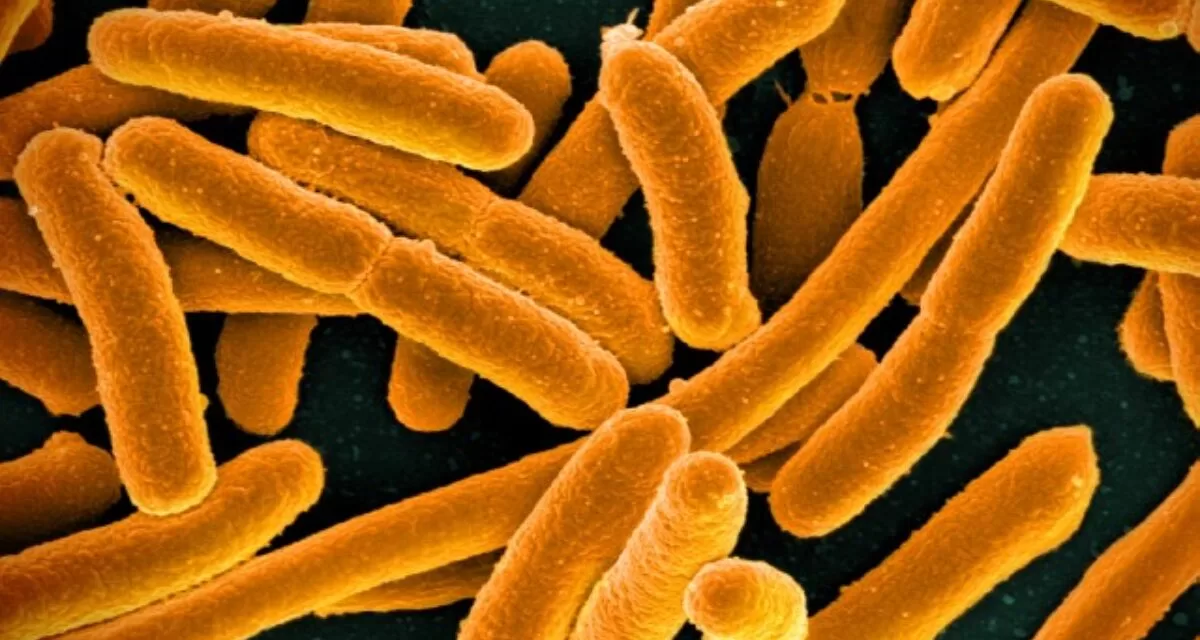Bacteria, ubiquitous in our environment, play crucial roles in various ecosystems, yet their classification has long posed a challenge for scientists. However, a groundbreaking study led by Dr. Kostas Konstantinidis from the Georgia Institute of Technology has introduced a revolutionary method that promises to revolutionize how bacteria are classified, encompassing all strains and shedding new light on bacterial diversity.
The Importance of Bacteria Classification
Traditional classification systems have often fallen short in accurately reflecting bacterial behavior, notes Dr. Konstantinidis. Existing standards, based on human-centric criteria, fail to capture the intricacies of bacterial diversity observed in natural environments. Moreover, biases towards disease-causing bacteria have skewed classifications, rendering them unreliable.
Addressing this issue, Dr. Konstantinidis and his team developed a novel approach, leveraging the concept of average nucleotide identity (ANI) to analyze genetic similarities among bacterial populations. Their study focused on Salinibacter ruber, a bacterium found in saline environments, showcasing the efficacy of their method in delineating distinct species and strains.
Unlocking Genetic Similarity and Variation
By examining genetic data from thousands of bacterial genomes, the researchers identified significant genetic diversity gaps within the Salinibacter ruber species, enabling precise classification. Notably, bacteria within the same species exhibited high genetic similarity, while those from different species displayed marked differences, reaffirming the validity of their approach.
Expanding Tools for Bacterial Studies
The implications of this research extend beyond classification; it represents a paradigm shift in how scientists approach bacterial studies. Evolutionary biologists, taxonomists, ecologists, and environmental engineers stand to benefit from this innovative method, which promises to enhance our understanding of bacterial ecosystems and inform various fields, including healthcare and environmental management.
Furthermore, the collaborative nature of this research fosters interdisciplinary cooperation, driving advancements in microbiology and related disciplines. Clinicians, bioinformaticians, and regulatory agencies alike will reap the rewards of this groundbreaking research, paving the way for improved healthcare practices and environmental stewardship.
Published in the prestigious journal Nature Communications, this study marks a significant milestone in bacterial research, heralding a new era of comprehensive classification methods that promise to unlock the full potential of bacterial diversity. As scientists continue to explore the vast microbial world, the impact of this pioneering work is poised to catalyze transformative advancements across diverse scientific domains.












